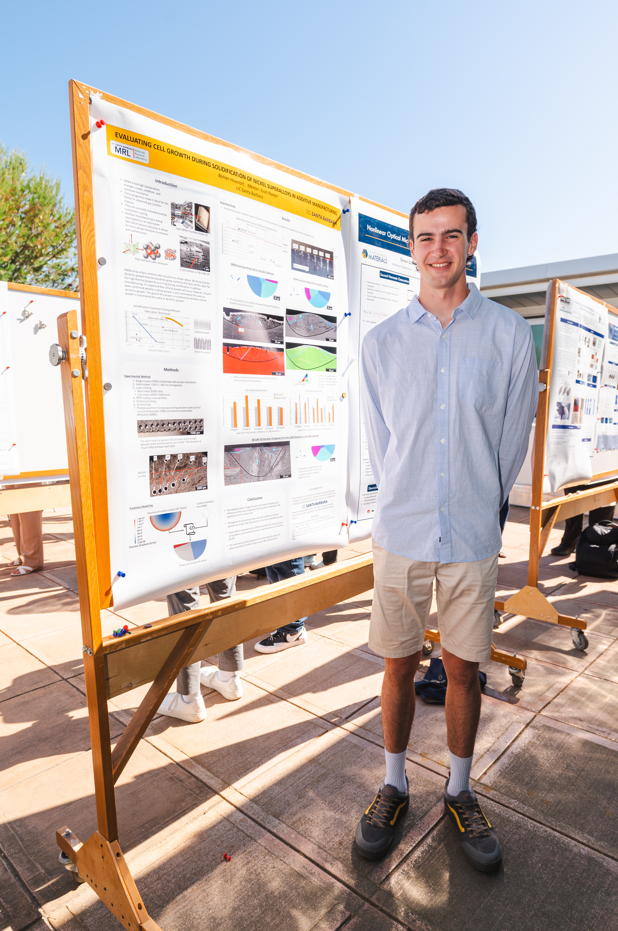
Given the desirable material properties of nickel and cobalt superalloys, there is great commercial interest in developing additive manufacturing methods to maximize the performance of these materials. Due to the rapid heating and cooling cycles which occur during the additive manufacturing process, the solidification behavior is distinct from many other processes. During solidification, the cells are assumed to grow parallel to the face centered cubic ⟨001⟩ crystallographic direction most well aligned with the thermal gradient. To validate this assumption, single crystal samples were used as the substrates for a series of spot melts and line scans performed in an inert chamber using a laser beam with a 1070 nm wavelength. These were cross sectioned, and a scanning electron microscope was used to view and measure the cell orientations. The experimental results were compared against predicted cell orientations which were calculated using thermal simulation software and the current assumption of cell growth. A high correlation was determined between the experimental results and predictive model which validates the current assumption of preferential cell growth directions. Throughout this project it was verified that cell growth is constrained to the ⟨001⟩ crystallographic directions for the CMSX-4 and SB-CoNi-10 superalloys tested, providing certainty that this behavior is consistent across various compositions of FCC superalloys.